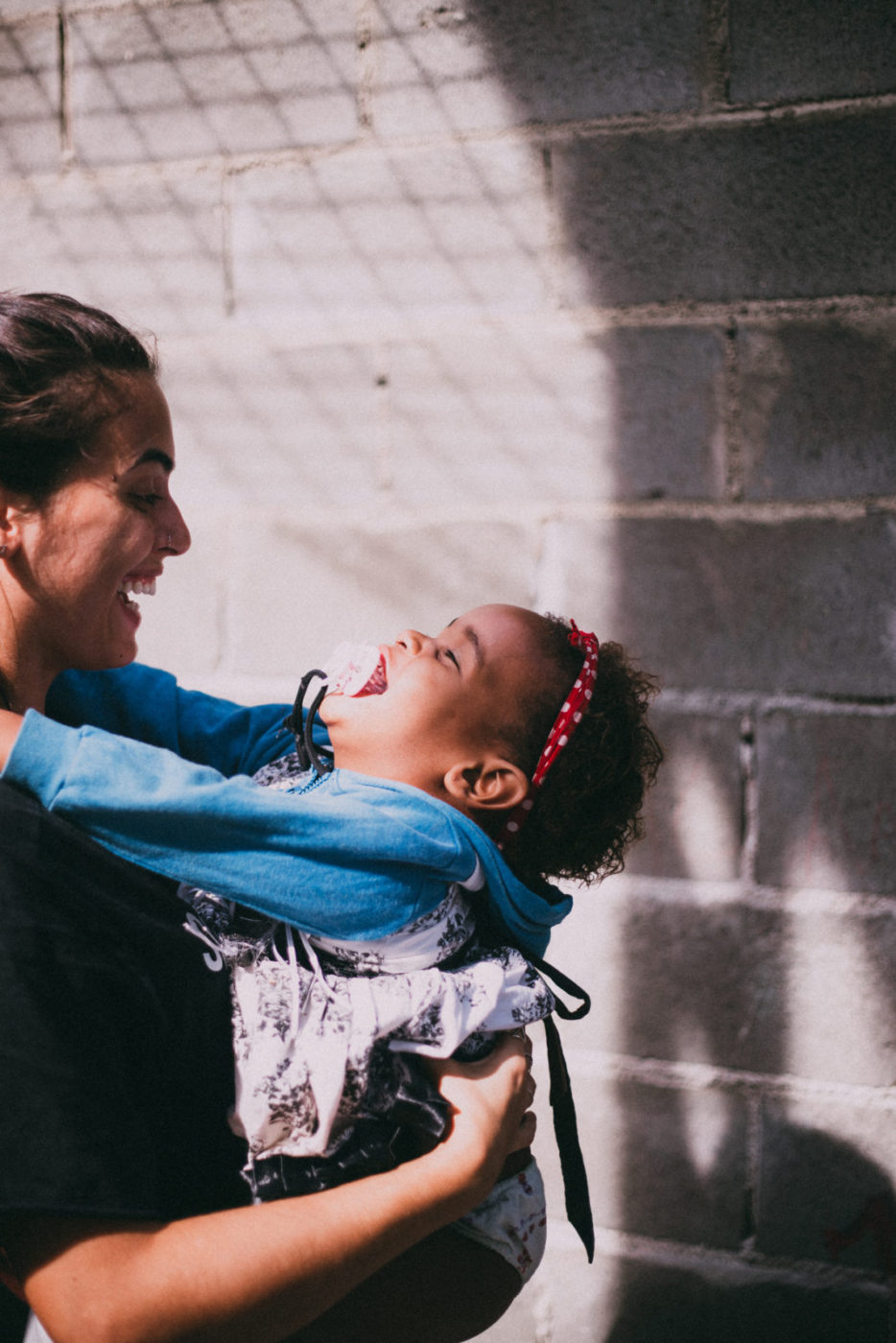Clothing Tips for New Foster Parents
Here are our top six clothing tips for new resource parents (aka foster parents). Whether you’re accepting a foster youth into your home for the first time or you’ve spent a lot of time interacting with and helping foster children, this clothing tips guide is for you.

About to accept a new foster child placement? Here’s what you should know when it comes to clothing.
1) The Foster Child May Not Have Enough Clothing
Due to the disruptive process of being removed from their home, foster children oftentimes do not have everything they need when they arrive for placement. While your social worker and support staff from the foster family agency you’re working with may help with acquiring placement essentials, as a foster parent, you may be called on to obtain clothing for the youth when they arrive.
As one foster mom has noted, “even if a child comes with clothing, there will always be some key item missing. I’ve had kids arrive with 20 outfits and not one pair of socks or 10 pairs of shoes and not one outfit that wasn’t stained or ripped. Target run.”
2) Ask the Foster Kid What They Want or Need
Whenever possible, allow the child to have a say in their clothing wants and needs. While this isn’t possible with a foster baby, infant or toddler, even young children can – and should – have some say in their appearance.
“Take care of the basics. Underwear, socks, school supplies, personal care items and clothes. Food they will eat falls into this category too. I always asked if they had a preference for toothpaste, shampoo, a toothbrush, deodorant, and snacks. This gives them a little control over their new world and can provide a small slice of normalcy when everything else is different,” says Jenna Thornberg, a former foster youth and a former resource parent.
This can be a great way to pre-emptively deal with behavioral issues too, especially around appearance. By giving the child a choice in how they look, they will be much less likely to make a fuss about their clothing later on.
“Leave an open line of communication. This can be as simple as, ‘If you want to talk about anything, I want to listen.’ or ‘How are you feeling?’ or ‘Do you need anything?’ Even if you don’t get an answer, the intent is there. You never know when they will take you up on your offer,” Thornberg says.
3) If Possible, Ask the Birth Family About Appropriate Clothing Options
If you or your caseworker have any contact with the foster youth’s biological parents or family members, it may be beneficial to ask them if they have specific requests for their children. For example, some birth families may prefer their children be dressed in a particular way for cultural reasons.
4) Get Clothes for Now, But Be Ready for Clothes for Later
Often, foster care is designed to be a temporary option for a child, with reunification being the end goal. But, the duration of time a youth might spend in foster care is unfortunately variable.
So, what does this mean in terms of clothing? Your best bet is to make sure the child has everything they need right now, but be prepared to procure more clothing in case the youth ends up staying in your home for an extended period of time. Be flexible and supportive, and be their support system for as long as they need you!
5) Set Realistic Expectations Around Budget
When it comes to clothing for foster youth in your home, try to be as accommodating as possible without breaking the bank. It can often be helpful to set a clothing budget and to inform the child or children in your care of what that budget is, so they know what is and is not an option. For some tips arounds clothes buying for younger kids and budgeting, check out this Walletjoy blog post.
6) Successful Foster Parents Take Care of Themselves Too
Taking care of foster youth, whether it’s washing their clothes, buying new shoes or anything else, can feel exhausting. So, don’t forget about yourself! As one former foster parent recommends, “Take care of you. A new person in your home can feel overwhelming on both sides. Making sure you have a support system in place where you can ask for help or advice is important. If you are overwhelmed, how are you going to help a child?”
Have any other questions for us about foster care and child welfare? Let us know on social media! We’re active on Facebook, Twitter and Instagram, and would love the opportunity to answer any queries you may have.
About AFS
Alternative Family Services (AFS) provides thoughtful, informed foster care, adoption and mental health services throughout California’s San Francisco Bay Area and Greater Sacramento region. Since 1978, the mission of AFS has been – and continues to be – to support vulnerable children and families in need of stability, safety and well-being in communities through foster care, adoption and mental health services.
